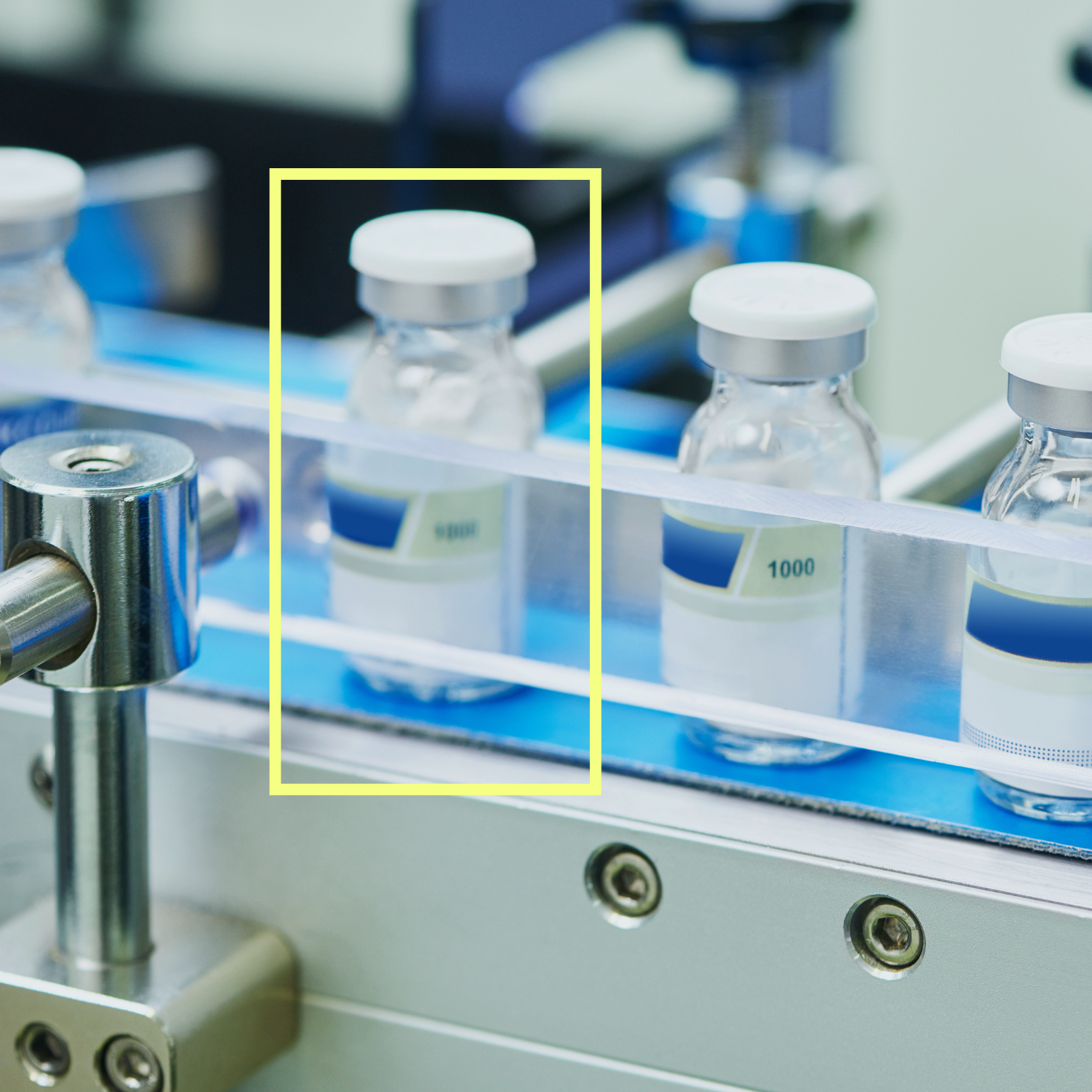AI for Automated Visual Inspection (AVI) in Pharmaceutical Manufacturing: A Guide for Decision Makers
Automated Visual Inspection (AVI) powered by AI is transforming quality control in pharmaceutical manufacturing. As regulatory scrutiny intensifies and patient safety remains paramount, forward-thinking leaders are turning to AVI not just for compliance—but for a decisive competitive edge.
AI for automated visual inspection for a pharmaceutical manufacturing line.
What Is Automated Visual Inspection (AVI)?
AVI uses advanced cameras, lighting systems, and AI-driven software to detect defects, irregularities, or contamination in pharmaceutical products during production. Modern systems analyze tablets, capsules, vials, ampoules, blister packs, and packaging at high speed—delivering real-time decisions on product quality.
Key Capabilities
Cosmetic Defect Detection: Identifies cracks, misprints, discolorations, or foreign particles in solids and liquids.
Packaging Inspection: Ensures seals, labels, and codes are correct—preventing mix-ups and safeguarding compliance.
Data Collection & Analytics: Every inspection is logged, providing traceable quality records and actionable insights for process optimization.
Why AI Makes the Difference
While traditional rule-based AVI systems deliver consistency, AI-driven AVI brings a new level of adaptability and intelligence:
Higher Accuracy: AI-powered AVI achieves precision and recall rates of over 99%, minimizing human error, reducing false rejects, and quickly flagging real defects.
Fewer False Rejects: Machine learning models learn to distinguish between true contaminants and harmless features (e.g., air bubbles vs. particles), avoiding costly product waste.
Continuous Learning: AI systems improve over time, adapting to new product types or evolving manufacturing challenges.
Real-time Intervention: Immediate identification of defects allows for swift corrections—minimizing faulty batches and supporting production uptime.
Regulatory Readiness
AVI supports full compliance with GMP and regulatory standards (FDA, EMA). Digital records and automated data capture ease the burden of audits and documentation, with new FDA and EMA draft guidance increasingly acknowledging AI-based validation approaches.
Financial and Operational Benefits for Pharma Manufacturers
Higher Product Quality
Prompt, objective screening of every unit
Fewer product recalls
Cost Savings
Reduced labor requirements
Lower rework and scrap rates
Improved Throughput
Automated inspection keeps up with high-speed production
Actionable Insights
Production analytics spotlight trends and process weak points
Regulatory Confidence
Digital traceability and automated logs
Easier compliance audits
Competitive Advantage
Trusted quality
Demonstrated operational excellence
Real-World Results
Tablets & Blister Packs: AI systems inspect hundreds of thousands of tablets daily, reducing batch waste and improving precision in logo or print defect detection. One major implementation led to a significant drop in false alarms and batch rejections—boosting yield and GMP compliance.
Vials & Injectables: Amgen used deep learning to cut false rejection rates in vial inspection, ensuring only true defects are flagged and improving inspector efficiency. Regulators supported this shift due to improved documentation and robust validation.
Biotech Packaging: High-speed AVI enabled a biotech plant to upgrade to a higher GMP compliance level, cutting quality assurance bottlenecks and expediting audit readiness.
Productivity Gains: Companies report up to 30% labor savings and a 25% increase in production throughput after implementing AI AVI, while defect occurrences dropped by as much as 40% versus manual inspection.
Implementation Considerations
Upfront Investment vs. ROI: Initial AVI costs are offset by long-term labor, waste, and compliance savings.
Integration: AVI systems can be retrofitted to existing lines or incorporated into new sites with the right vendor support.
Validation: Strong data pipelines and risk-based validation ensure alignment with regulatory expectations and secure ongoing performance.
Looking Ahead
The adoption of AI-driven AVI is reshaping pharmaceutical quality control—making reliable, data-driven compliance standard practice. For leaders seeking to future-proof their manufacturing operations, AVI offers a path to better quality, safer products, stronger compliance, and improved profitability.
Considering an upgrade? AI-powered AVI is the next step for any pharmaceutical manufacturer aiming to meet the demands of a more complex, regulated, and quality-focused industry.
To learn more about tailoring AVI solutions for your facility—or to discuss case studies or ROI projections—connect with our industry experts today.

